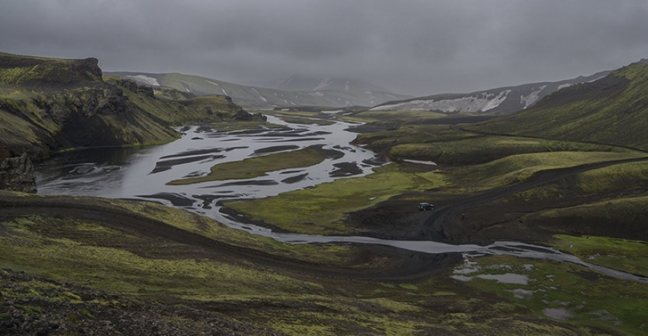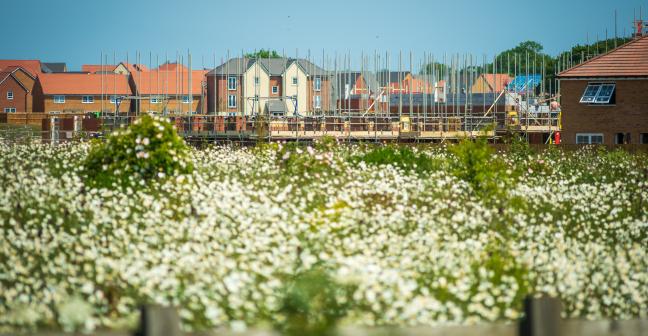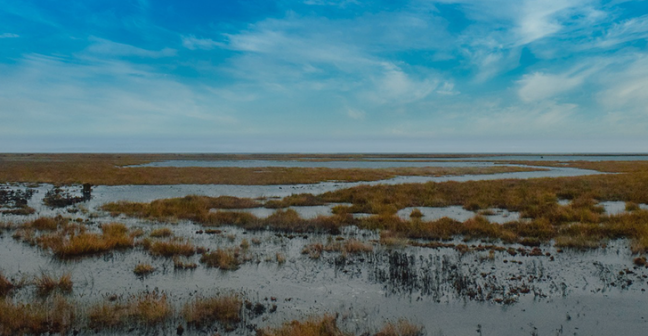Is climate change and the resulting loss in biodiversity irreversible? Will our current efforts to slow climate change be enough or do we need to consider radical change in our water systems?
IES/FWR held this discussion meeting to explore whether abstracting water downstream of cities,...






